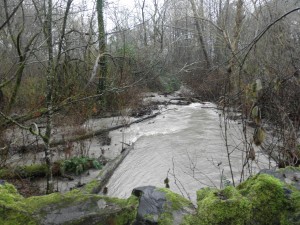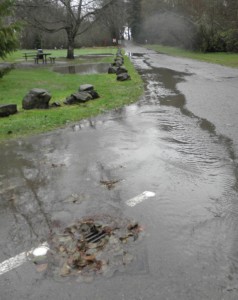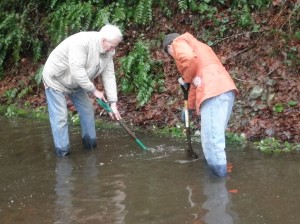The Depart of Neigborhoods has announced some public workshops about how to apply for a matching fund grant. The press release is below.
Seattle Department of Neighborhoods hosts free Neighborhood Matching Fund workshops for the Large Projects Fund
Letter of Intent due February 14, 2011
January 3, 2011 (Seattle, WA) – The Seattle Department of Neighborhoods is hosting three free workshops to educate neighborhood groups and community organizations on the funding process and requirements for the Large Projects Fund, the matching fund that awards up to $100,000 for community projects. Participants will learn about revised 2011 guidelines, project proposal development, community match requirements, and coordination with other city departments. The workshop will be led by Neighborhood Matching Fund project managers.
WHAT: Neighborhood Matching Fund Large Projects Fund Workshops
SCHEDULE: Tuesday, January 11, 6:00-8:00 p.m.
Rainier Community Center – 4600 38th Ave S
Wednesday, January 19, 6:00-8:00 p.m.
Garfield Community Center, 2323 East Cherry St
Thursday, January 27, 6:00-8:00 p.m.
Ballard Library – 5614 22nd Ave NW
FOR MORE INFORMATION or to request interpreters: Email NMFund@seattle.gov or call 206-684-0464. To learn more about the Large Projects Fund, visit www.seattle.gov/neighborhoods/nmf/largeproject.htm. The deadline for the Letter of Intent is Monday, February 14.
The Neighborhood Matching Fund (NMF) program supports projects initiated, planned, and implemented by community members in partnership with Seattle Department of Neighborhoods. Every award is matched by neighborhoods’ or communities’ resources of volunteer labor and donated materials, professional services, or cash. Since it was created 22 years ago, NMF has awarded nearly $47 million with a community match of more than $68 million. Projects have involved 85,000+ volunteers who have donated more than 566,000 work hours.
Seattle Department of Neighborhoods provides programs and services that engage residents in civic participation, foster stronger communities, make government more accessible, and preserve and enhance the character of Seattle’s neighborhoods.
# # #







